analytically-verified high-assay inputs contract arginine alpha-ketoglutaric conjugate
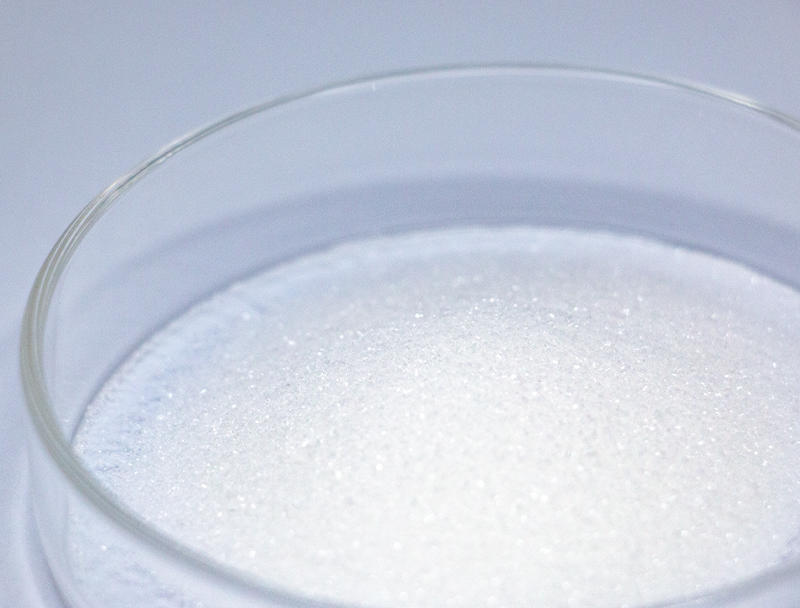
Cell-based production leans heavily upon a diverse spectrum of raw materials to yield progressive bio-based commodities.
Ensuring ethical acquisition of feedstocks is paramount for the long-term viability and ethical growth of the industry.
various risks tied to conventional feedstock acquisition including biodiversity loss and excessive resource use. Therefore, producers should prioritize ethical sourcing models to curtail ecological damage.
- Models of sustainable material sourcing include:
- Adopting organic-origin materials from crop remnants
- Operating reuse-focused platforms to lower discard and increase efficiency
- Building relationships with nearby vendors dedicated to moral sourcing
Shifting to ethical sourcing drives environmental value and long-term commercial viability.
Maximizing Feedstock Quality for Increased Biofuel Output
Maximizing the efficiency of biofuel production relies heavily on the quality and composition of biomass feedstocks. Researchers repeatedly investigate innovative methods to enhance feedstock potential, producing improved fuel yields and a 5-Aminolevulinic acid lower-carbon energy pathway. Initiatives integrate bioengineering to scale biomass production and pretreatment workflows to free fermentable sugars.
- In addition, projects pursue feedstocks like algae, waste fractions, and harvested residues to enlarge the selection of eco-friendly biomass for bioenergy.
- Through these continuous efforts, the field of biofuel production is poised to make significant progress in the coming years, paving the way for a more renewable energy landscape.
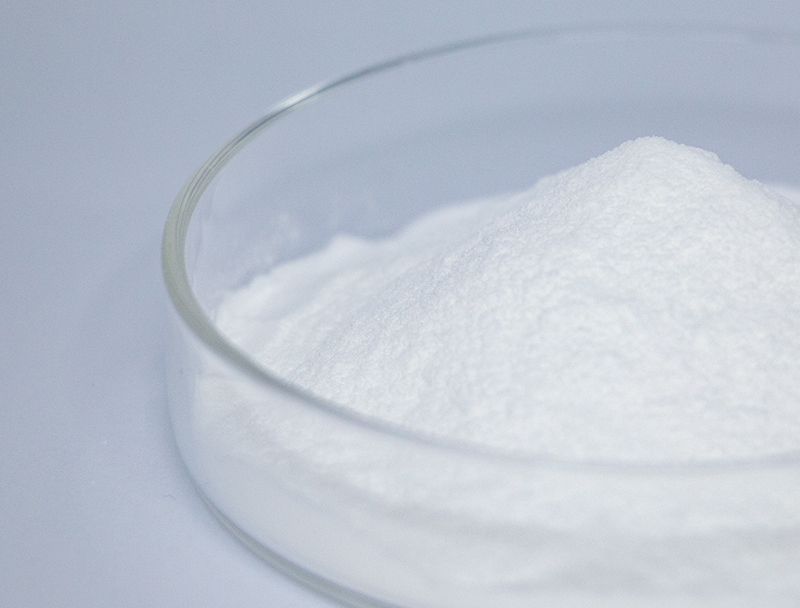
Optimizing Early-Stage Biomanufacturing Processes
entails beginning production stages such as cell growth and biomass recovery Recent progress has advanced techniques that maximize productivity and increase output.
Meaningful breakthroughs include engineered cell strains, enhanced culture formulations, and modular reactor designs. These strategies improve manufacturing efficiency and lessen cost and ecological effects.
- Moreover, continuous manufacturing adoption is enabling dynamic control and greater adaptability in upstream workflows.
- This shift towards more sophisticated biopharmaceutical manufacturing methods promises to revolutionize the industry and pave the way for faster development of novel therapeutics.
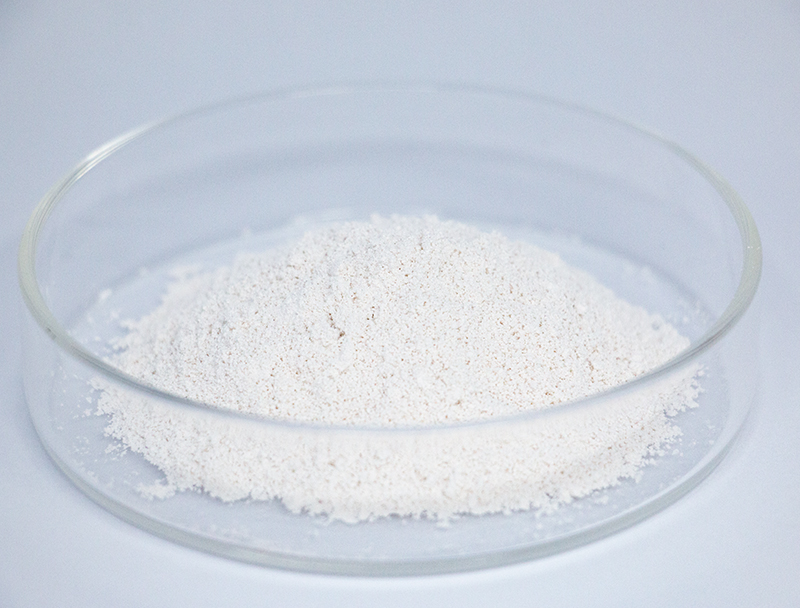
CRISPR and Beyond: Improving Biopharma Production
advances in genomic editing tools including CRISPR have transformed therapeutic manufacturing. By precisely targeting genes within host organisms, researchers can enhance the yield of valuable therapeutic proteins. Such strategies offer promise to create cost-effective, high-efficiency therapeutics across many disease areas.
Using Microbial Systems for Site-Specific Remediation
progressive microbe-based cleanup tactics that mitigate industrial pollution. Engineered and natural microbes can attenuate pollutants via metabolic conversion.. Tapping into these capabilities enables green remediation tactics to restore ecosystems affected by industrial contamination.. Investigators study multiple microbial strains for abilities to transform metals, degrade agrochemicals, and process petroleum wastes.. Microbial strains work in bioreactor settings or on-site applications to convert pollutants through biological pathways..
Microbial-based approaches to remediation bring considerable advantages over traditional solutions. This method provides a low-cost, low-waste alternative to conventional remediation. Additionally, microbial tactics can target contaminants selectively while preserving surrounding ecological systems. The field is rapidly refining methods to make microbial remediation more efficient and broadly effective.
Computational Biology in Drug Discovery
Computational biology approaches are becoming vital across contemporary drug R&D. From identifying potential drug candidates to optimizing their efficacy and safety, bioinformatics enables a more efficient and data-driven approach.
- With analysis of broad omics and clinical datasets, bioinformatic experts identify targets and model drug effects.
- Furthermore, computational modeling of drug–target interactions aids rational design of higher-performing therapeutics.
- In the end, informatics-driven methods streamline development and accelerate delivery of therapeutic solutions to patients.
Engineering Cellular Pathways for Improved Bioproduct Output
integrates multiple methods to augment cellular production of target bioproducts. Techniques span CRISPR-mediated edits to reshape pathways, synthetic control elements to fine-tune expression, and gene imports to grant new biosynthetic abilities.. Through careful adjustment of metabolic routes engineers can markedly elevate product titers.
Such an integrated approach may disrupt diverse fields including therapeutics, crop science, and sustainable fuels.
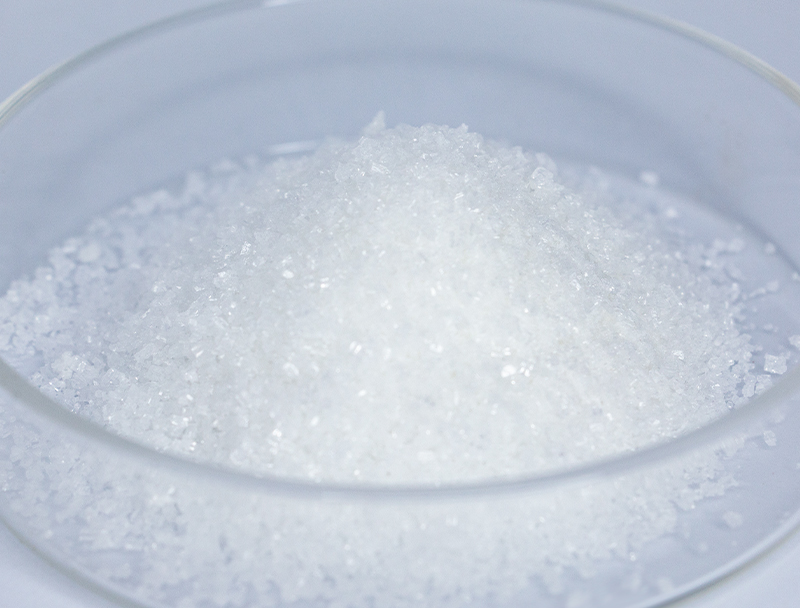
From Lab to Plant: Challenges and Opportunities in Biomanufacturing Scale-Up
Transitioning to higher volumes entails serious complications and potential rewards. One major challenge is maintaining consistent product quality at increased scales. Meeting the need calls for dependable control systems, granular monitoring, and cutting-edge analytical methods.
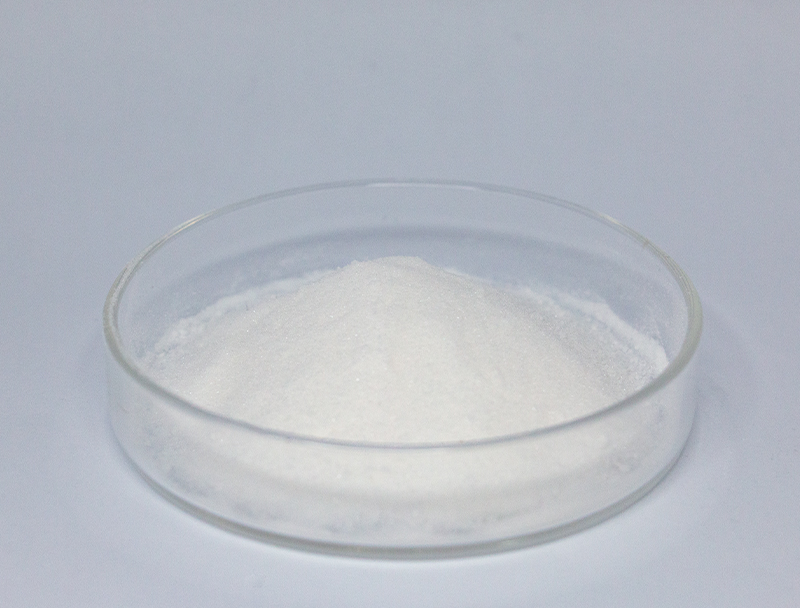
Also challenging is the layered complexity of biomanufacturing encompassing numerous sequential steps.. Refining processes for commercial volumes demands deep R&D investment and novel engineering solutions.. Nonetheless, the advantages can be major. Proper scaling can increase therapy supply, reduce expenses, and elevate profitability.
Various efforts target the core issues of industrialization. Efforts include process-digitization tools, integrated analytics for monitoring, and fresh manufacturing paradigms.
- Research and development activities are central to evolving manufacturing capacity.
- Regulatory frameworks are being optimized to accommodate novel production technologies and promote innovation.
Exploring Approval Frameworks for Biopharmaceutical Safety and Effectiveness
Manufacturing biopharmaceuticals entails detailed regulatory processes to copyright safety and clinical performance. Living-source therapeutics present distinct obstacles in regulation and production relative to classical drugs.
Authorities including the FDA and EMA implement guidelines and thresholds to assess and approve novel biologic products.
Stringent experimental and surveillance testing occurs across the entire development-to-market continuum. Those requirements help reveal risks and confirm that biologics satisfy stringent safety criteria..
In addition, regulatory entities adapt their frameworks to stay current with rapid research and technological developments.. This includes embracing novel technologies and facilitating the development process while maintaining a commitment to patient well-being.
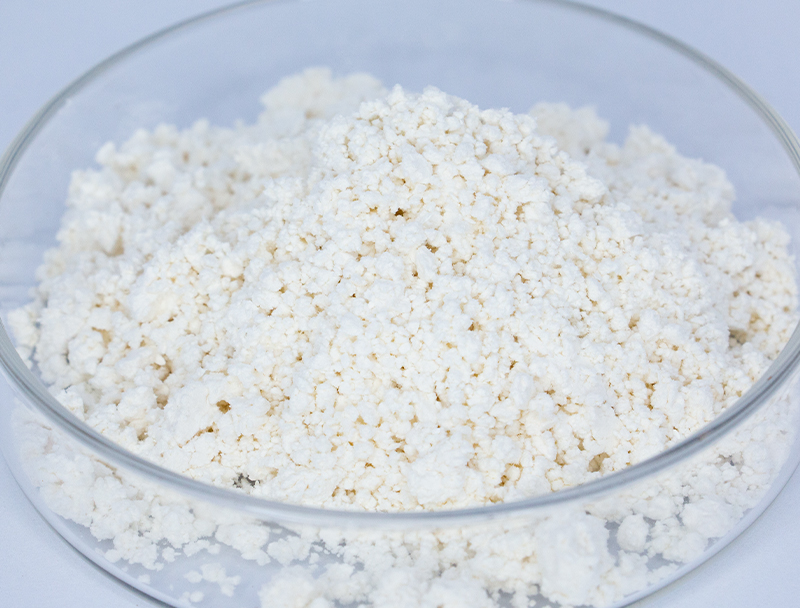
Evaluating Plant Biomass for Bioplastic Production
The rising demand for eco-friendly materials fuels R&D on bio-based alternatives. Bioplastics derived from plant biomass provide a viable route to more sustainable plastic alternatives. Plant inputs like corn-derived starch, cellulose derivatives, and sugarcane can be turned into degradable plastics that lessen environmental burdens.
Moreover, bioplastics can mirror key properties of fossil-derived plastics and fit diverse application needs.. Ongoing R&D is essential to scale plant-based bioplastics and realize circular economic benefits.
Biotechnology's Potential to Transform Health and Food Supply
Biotech provides transformative capabilities that can change healthcare outcomes and strengthen food systems. By harnessing genetic engineering, synthetic biology constructs, and advanced cell therapies, technologists deliver capabilities to reduce disease burden, raise crop outputs, and increase food value. For example, engineered crops with pest resistance and stress tolerance can increase yields while lowering pesticide use.. Moreover, biotechnology plays a crucial role in developing vaccines, antibiotics, and diagnostic tools that are essential for combating infectious diseases and improving global health outcomes.. Going forward, advancements in biotechnology are likely to yield interventions that improve health and advance sustainable food systems globally.
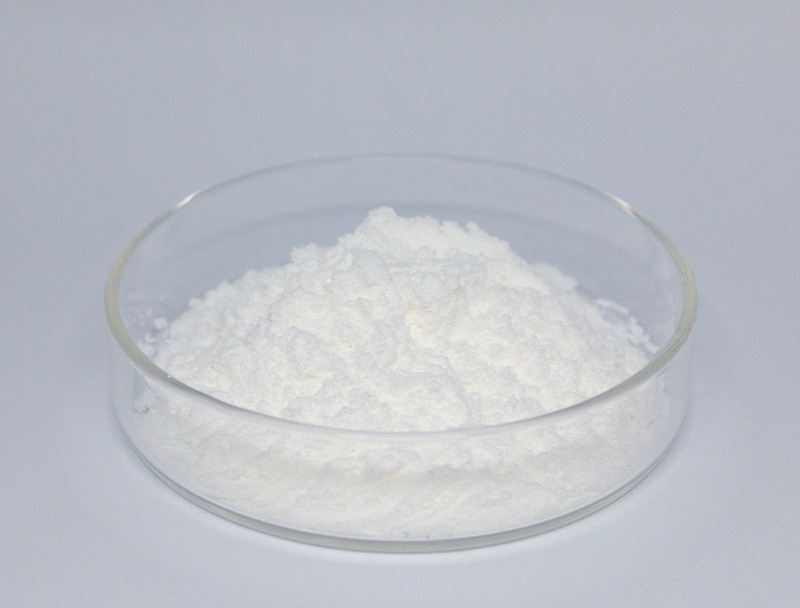 NMN
NMN